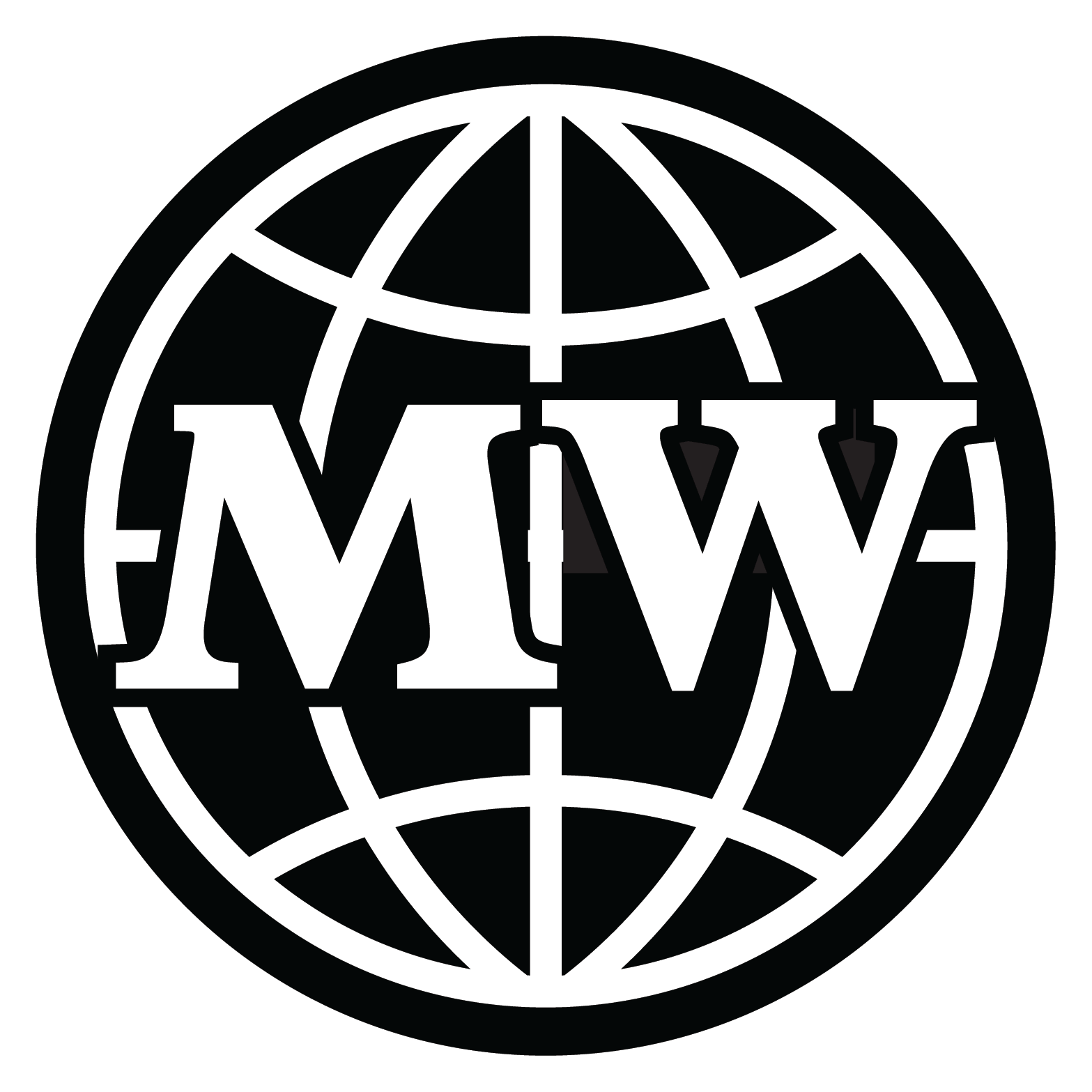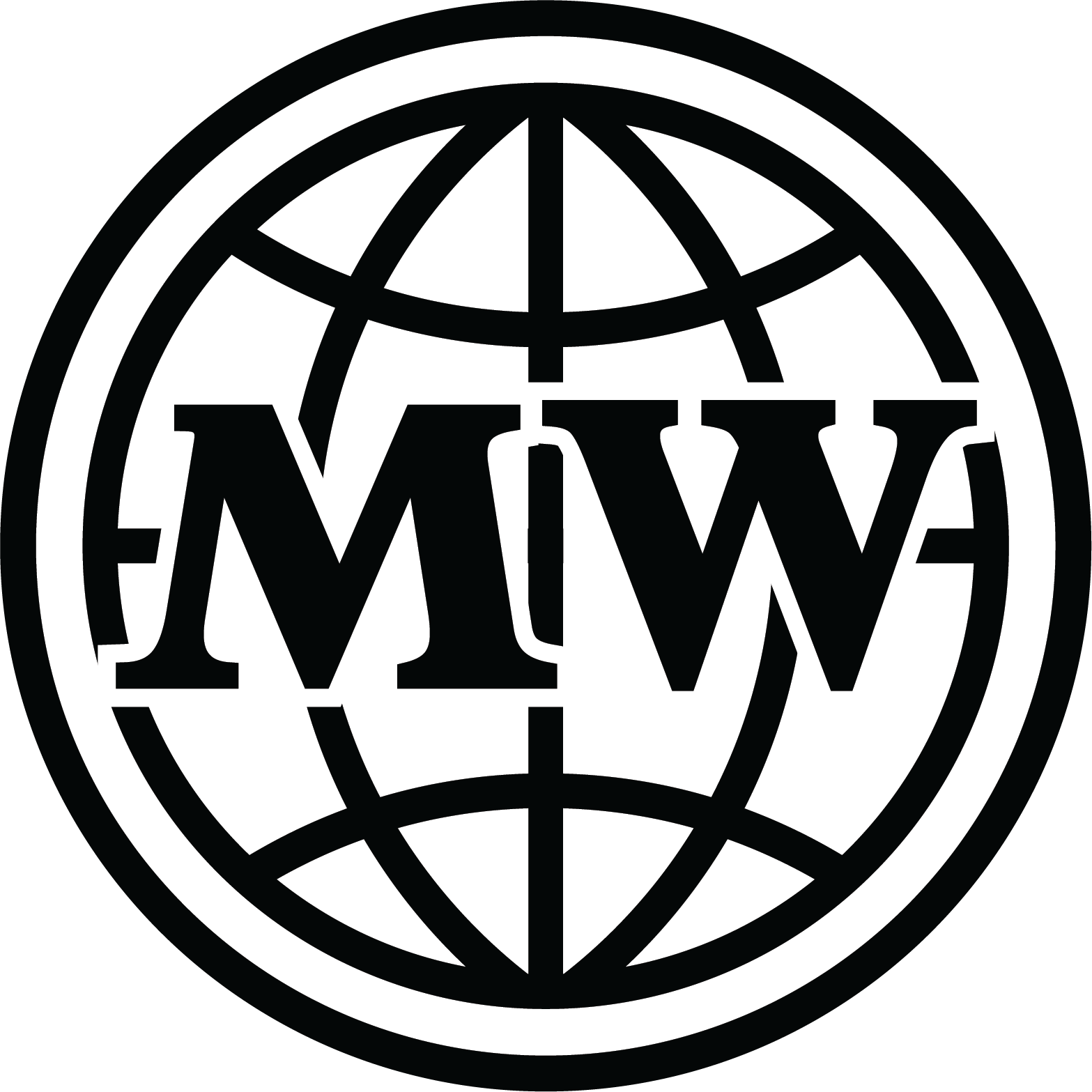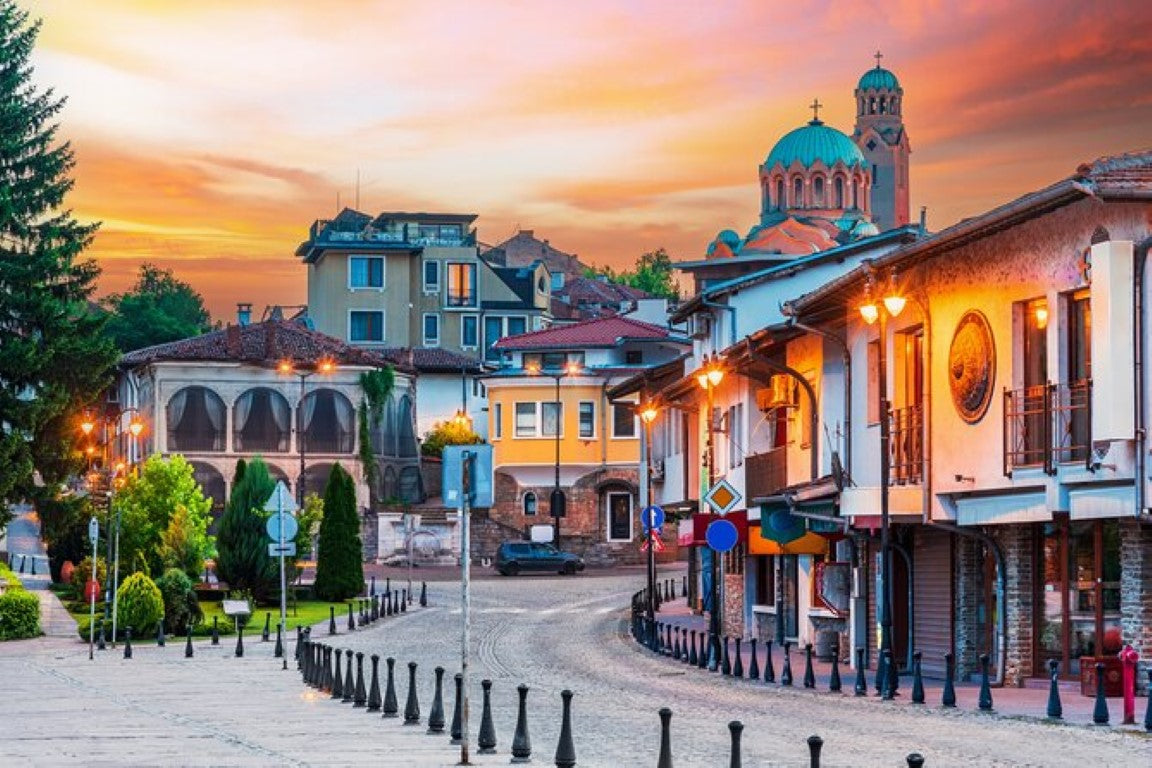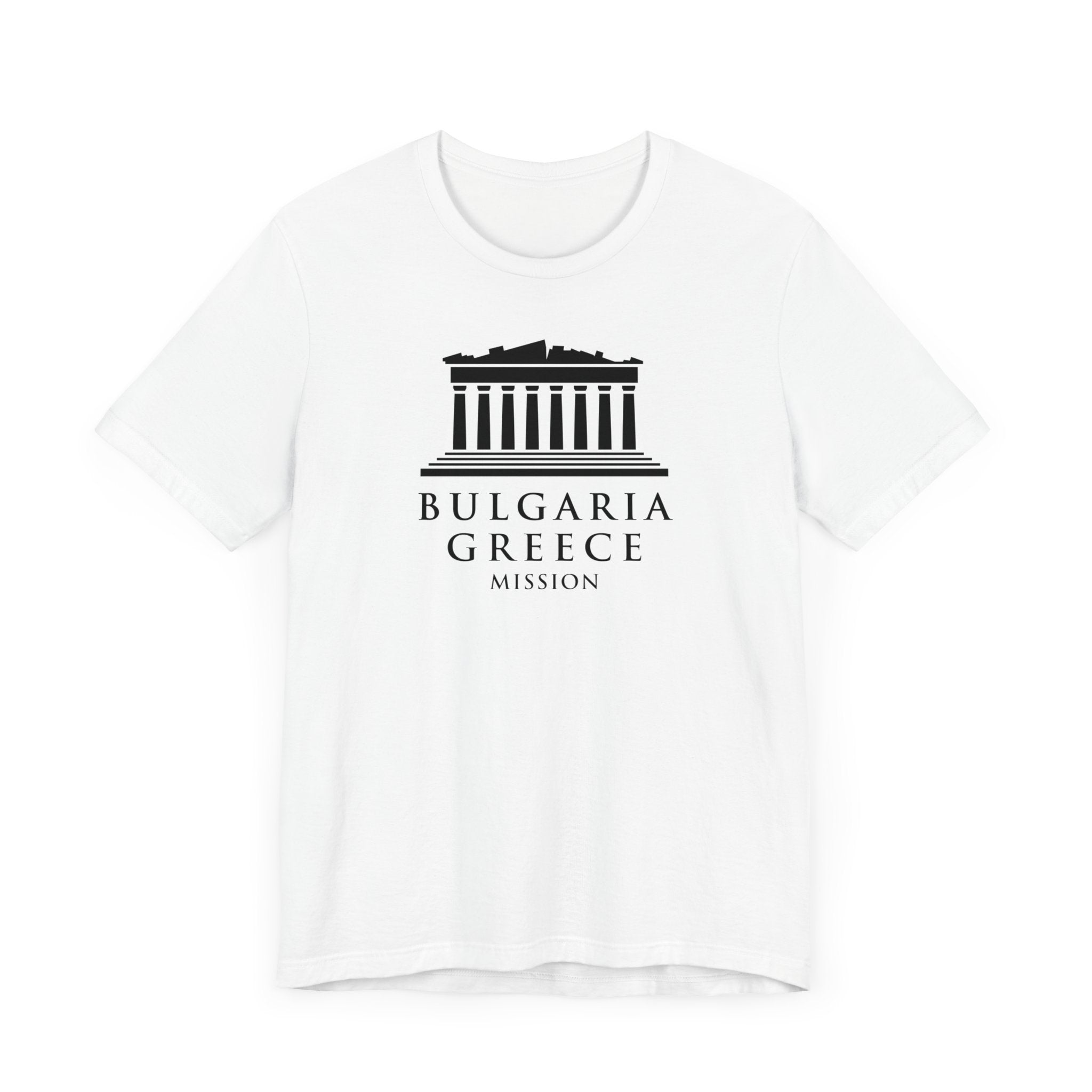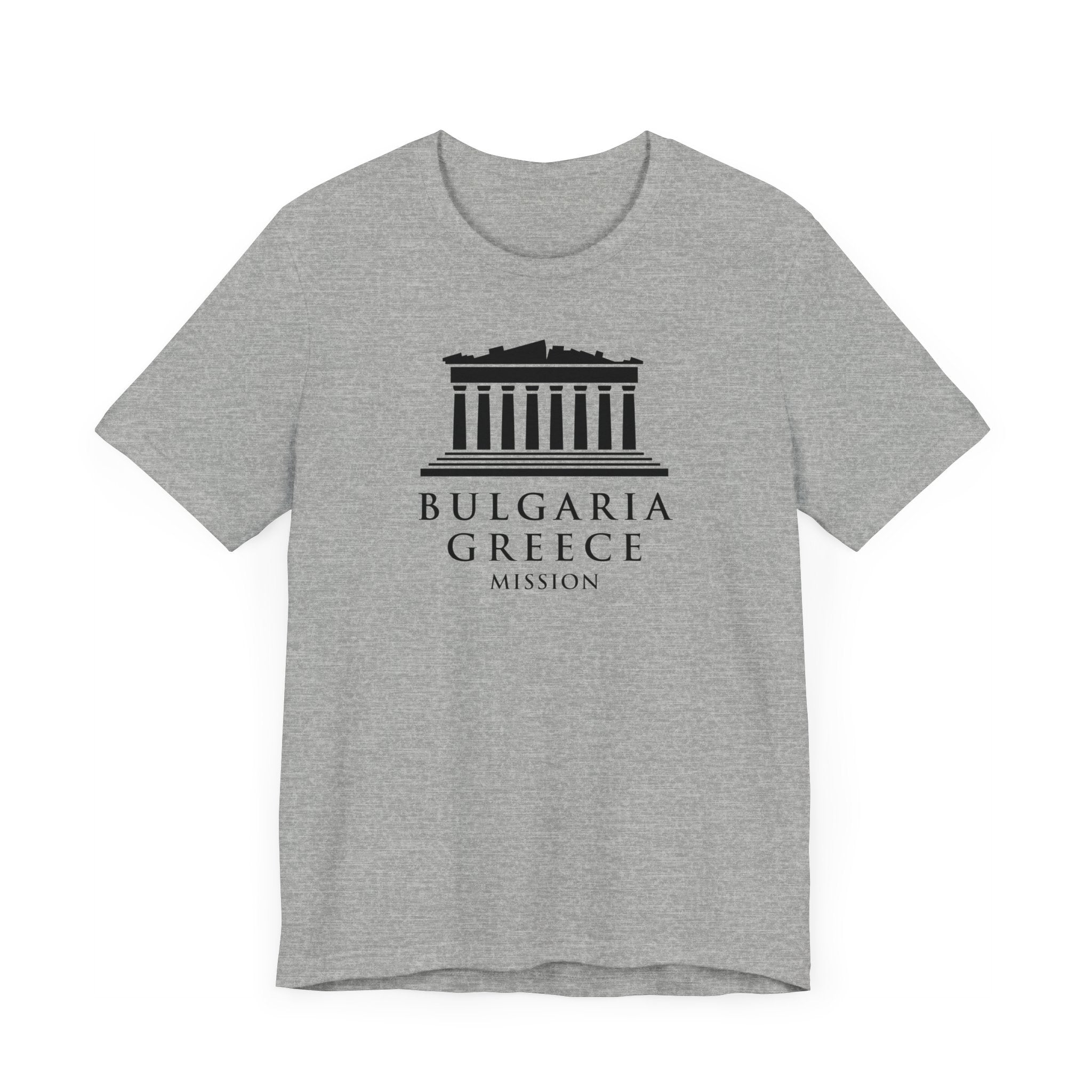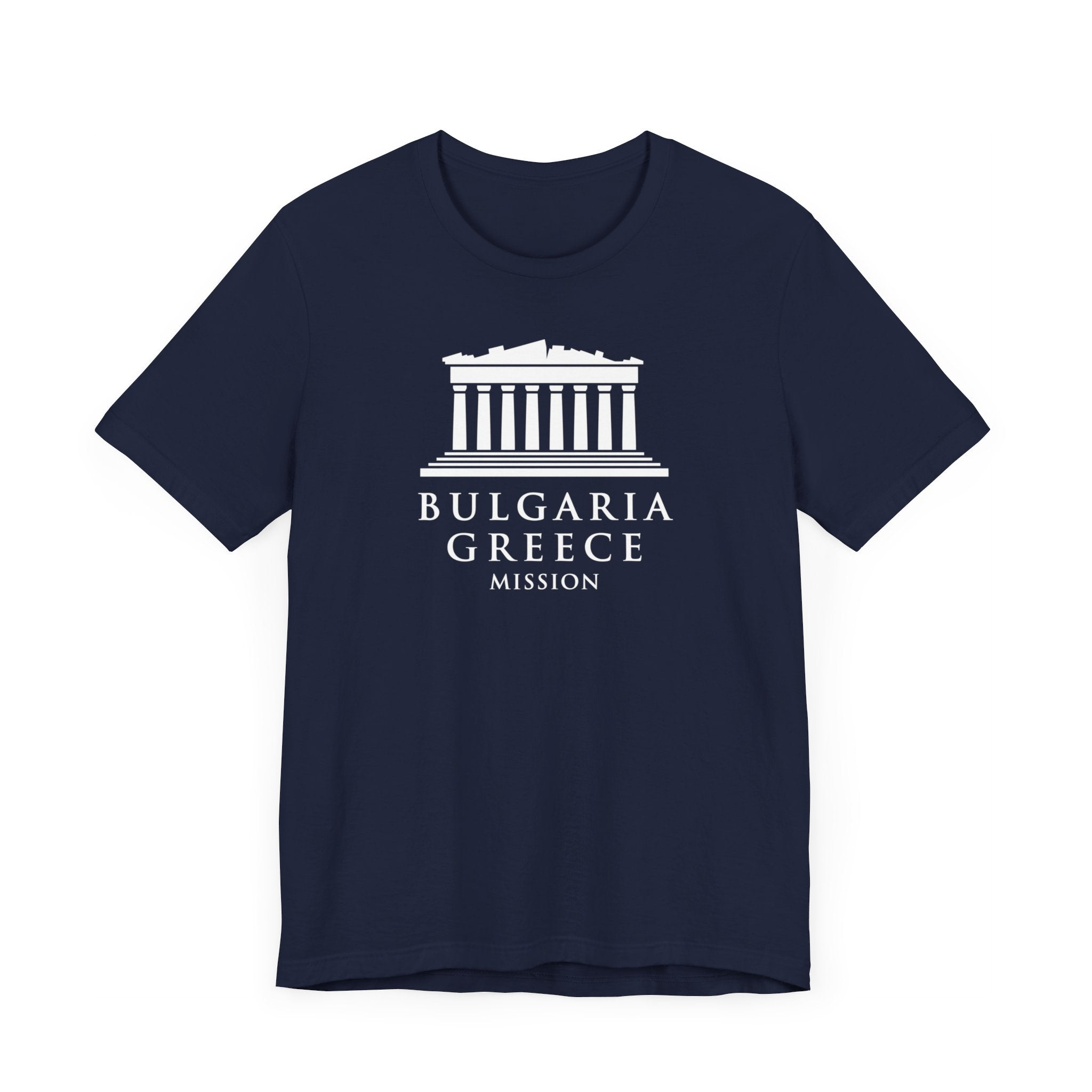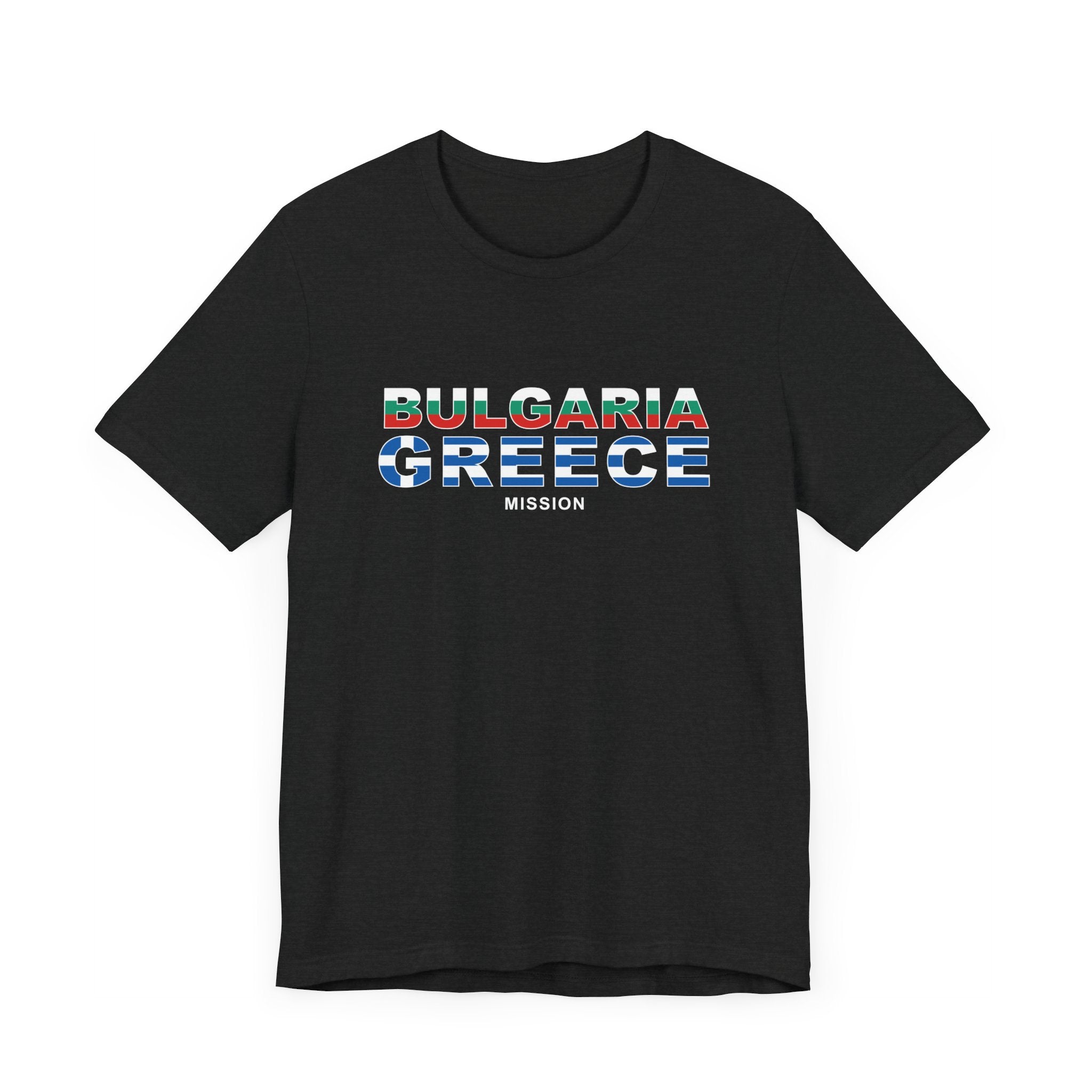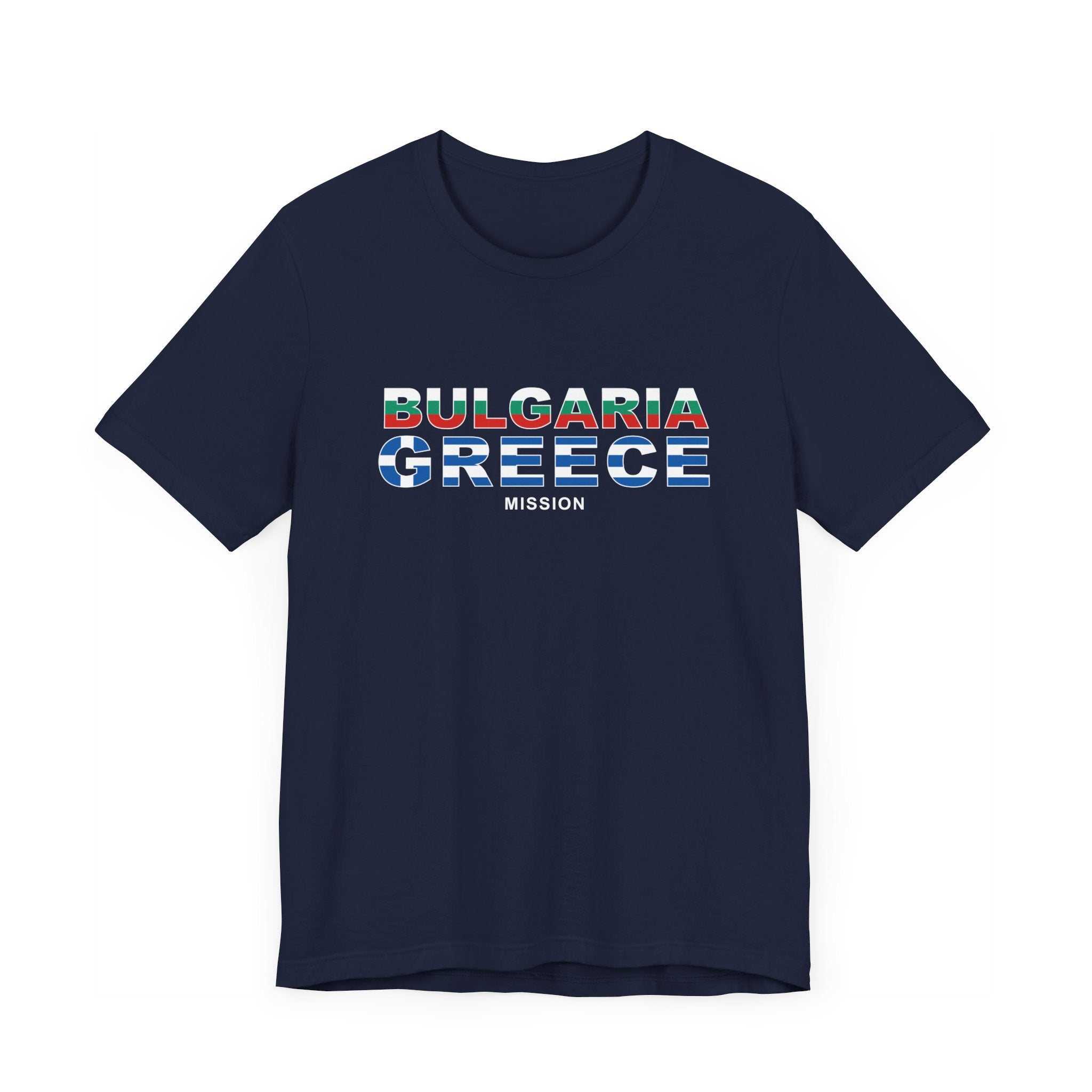Latter-day Saints have labored to establish the Church in Bulgaria since 1900, when Mischa Markow and Argir Dimitrov first preached, with no success, in Sofia. Over the next several decades, numerous Bulgarians accepted baptism overseas. In 1988, Church leaders met with government officials to discuss establishing the Church in Bulgaria, but the Church was not officially registered in Bulgaria until the 1990s.
In 1991, following a change in Bulgaria’s government, Nevenka and Kiril Kiriakov returned to their homeland to preside over the first mission in Bulgaria. Early members exerted tremendous energy to officially register the Church with the government, translate teaching materials and sacred texts, fulfill callings in fledgling branches and districts, and share the gospel with others. They “labored without ceasing” to “bring souls unto repentance; … that they might also be born of God, and be filled with the Holy Ghost” (Alma 36:24).
The Book of Mormon was published in Bulgarian in 1999, and meetinghouses were dedicated in Sofia and Plovdiv in 2000 and 2001. Bulgarian Saints have sought opportunities to build meaningful relationships in their communities. In 2003, a locally-produced documentary about the lives of Saints in Bulgaria was shown on national television, and in 2014, Bulgarian Saints assisted in cleanup efforts following devastating flooding.
